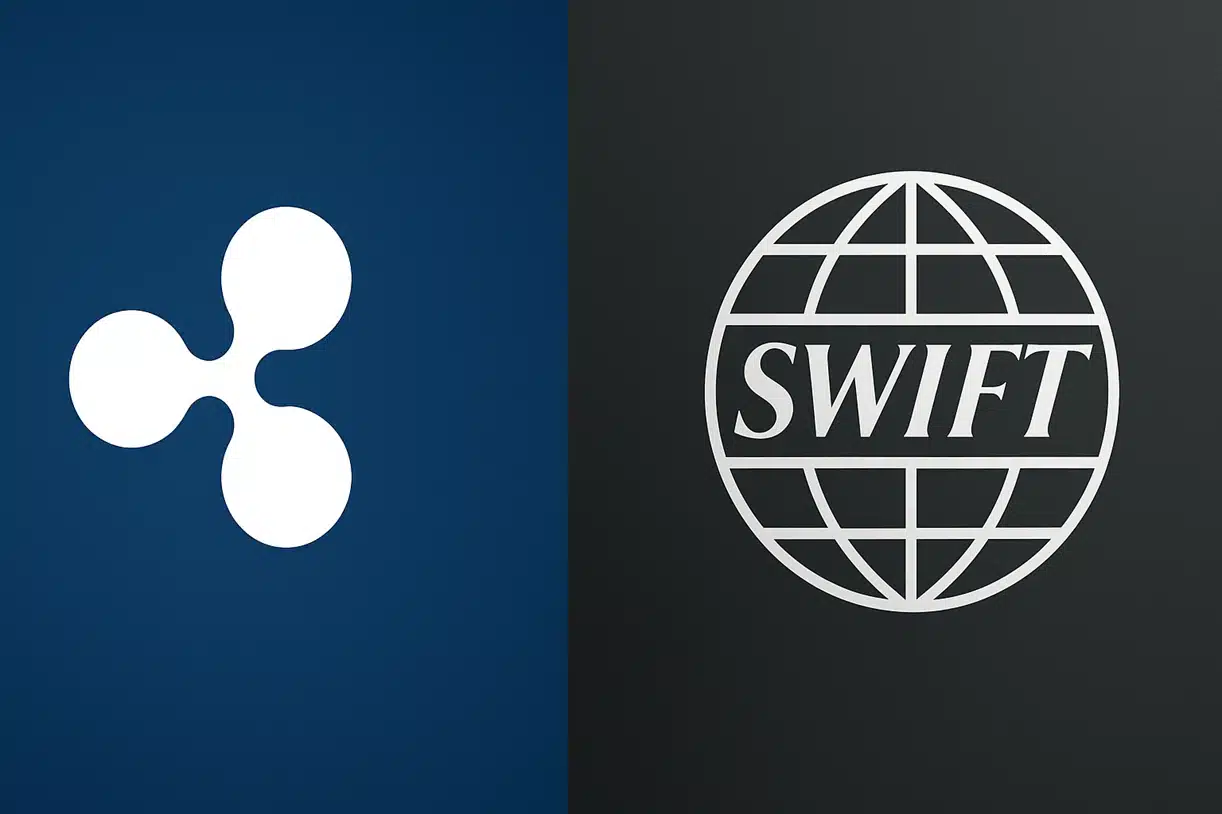- SWIFT’s CIO questions XRP’s future in institutional banking systems.
- Ripple’s centralized control over XRP raises concerns for financial institutions.
- Governance and regulatory clarity remain key obstacles for XRP’s adoption.
Tom Zschach, SWIFT’s Chief Innovation Officer, has raised significant concerns about Ripple’s ability to gain the trust of major financial institutions, especially regarding its XRP token.
His remarks come after a LinkedIn conversation where Ripple’s ability to navigate through legal challenges was praised. Zschach, however, was quick to point out that surviving lawsuits, such as the resolution of its case with the SEC, does not necessarily mean that XRP is ready for mainstream adoption by global financial institutions.
According to Zschach, financial institutions require more than just regulatory survival when it comes to adopting new payment technologies. He stressed the importance of neutral governance, where no single entity dominates the infrastructure, something Ripple has yet to establish.
For banks to feel confident in using XRP, they need assurance that the governance structure behind the technology is not biased toward any particular business or competitor.
Also Read: Cybercriminals Use Ethereum Smart Contracts in Malicious npm Packages
Governance and Trust Issues for Ripple
Zschach’s criticisms of Ripple’s approach are centered on its centralized control over the XRP Ledger, which he claims presents a major obstacle for banks looking to adopt the technology.
He highlighted that SWIFT, in contrast, operates with shared governance, involving thousands of financial institutions that work together to set the rules and standards. This collaborative approach is why SWIFT has maintained its long-standing trust with global financial institutions.
Zschach argued that the absence of a neutral governance structure within Ripple raises serious concerns about the stability and fairness of the system. Financial institutions, he pointed out, are unlikely to trust a platform controlled by a direct competitor in the payments space. The issue of governance, therefore, remains a significant barrier to XRP’s acceptance in traditional finance.
XRP’s Legal and Economic Challenges
Beyond governance, Zschach also raised concerns about XRP’s lack of regulatory clarity. Since XRP is not classified as money and doesn’t appear on institutional balance sheets, banks may hesitate to integrate it into their systems.
Legal enforceability also remains a key issue, with Zschach noting that the lack of guarantees for final settlements in cases of system disruptions could deter institutions from using XRP.
Furthermore, Zschach questioned the economic logic behind adopting XRP. With the rise of tokenized deposits and regulated stablecoins, banks may see little incentive in adopting XRP when they can settle transactions directly using instruments they already control and trust.
While Ripple continues to expand its efforts to gain institutional legitimacy, it faces a tough road ahead. In comparison, SWIFT’s long-standing position in the financial ecosystem, supported by its neutral governance model, gives it a strong advantage as it explores blockchain technologies in parallel with its existing systems.
Also Read: Cybercriminals Use Ethereum Smart Contracts in Malicious npm Packages

